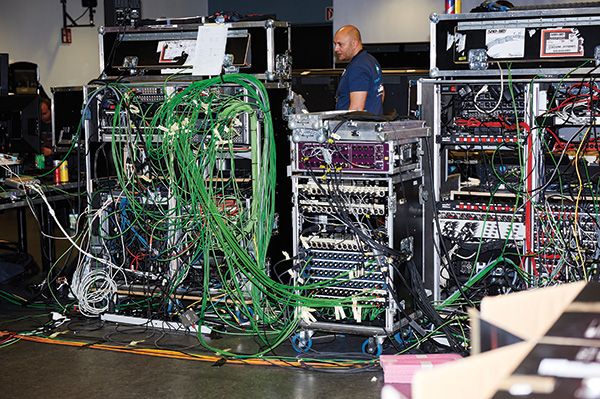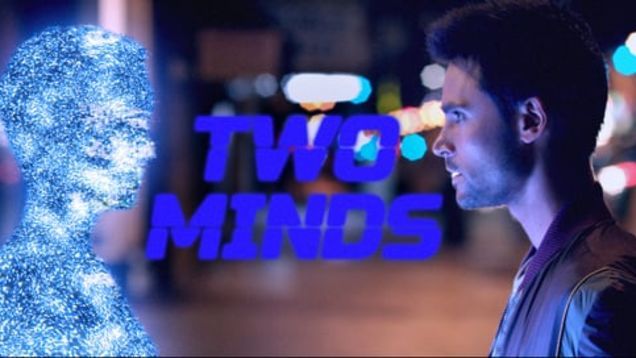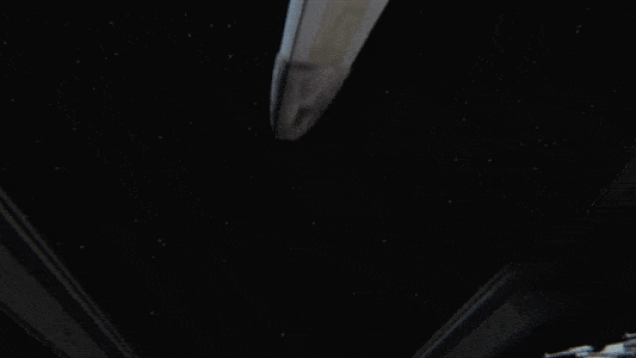Aug 17, 2015
Let the egames begin — By Barney Thompson | Financial Times
Posted by Odette Bohr Dienel in categories: business, computing, entertainment, media & arts
“Electronic sports (esports), or competitive computer gaming, is an industry on the move. Depending on who you ask, there are somewhere between 90 million to 135 million esports enthusiasts — defined as those who watch gaming regularly, online or off — and more than double that number of occasional viewers. According to a recent SuperData report, the esports sector will this year generate an estimated revenue of $621m worldwide.”

















